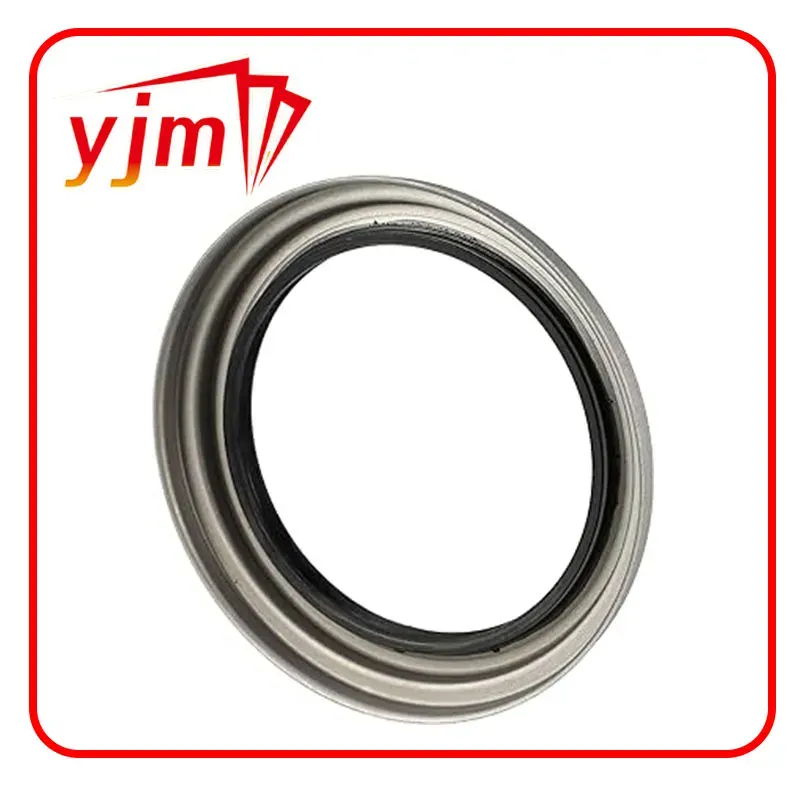oil pan gasket material
Understanding Oil Pan Gasket Materials A Comprehensive Overview
The oil pan gasket is a crucial component in any internal combustion engine, serving as a seal between the oil pan and the engine block. Its primary function is to prevent oil leaks, ensuring that the engine remains well-lubricated and operates smoothly. The effectiveness and longevity of an oil pan gasket are largely influenced by the materials used in its construction. In this article, we'll explore various gasket materials, their properties, advantages, and disadvantages.
Common Materials Used for Oil Pan Gaskets
1. Rubber Gaskets One of the most widely used materials for oil pan gaskets is rubber. Rubber gaskets provide excellent flexibility and resilience, making them an effective choice for various vehicle models. They can withstand high temperatures and offer good sealing capabilities. However, over time, rubber can degrade due to exposure to oil, heat, and environmental conditions, leading to potential leaks.
2. Cork Gaskets Historically, cork gaskets have been popular in automotive applications. Made from natural cork granules, these gaskets are known for their compressibility, allowing them to fill in surface irregularities effectively. Cork's porous nature provides good sealing properties, but they are not as durable as synthetic materials and may require regular replacement.
3. Silicone Gaskets Silicone has gained prominence in the automotive industry due to its superior heat resistance and flexibility. Silicone gaskets can withstand extreme temperatures and are highly resistant to oil and chemicals. They maintain their sealing properties longer than rubber and cork, making them ideal for high-performance engines. However, silicone can be more expensive compared to traditional materials.
4. Composite Gaskets These gaskets are engineered from a combination of various materials, including rubber, metal, and sometimes even fiber. Composite gaskets are designed to combine the best properties of their constituent materials, offering excellent sealing capability, durability, and resistance to environmental factors. They are increasingly being used in modern engines because of their versatility and performance.
5. Metal Gaskets For high-performance or heavy-duty applications, metal gaskets may be utilized. Typically made from aluminum or stainless steel, these gaskets offer exceptional strength and durability. They are often used in conjunction with other materials to enhance sealing properties. However, metal gaskets can be less forgiving compared to softer materials, making proper installation crucial.
oil pan gasket material

Factors Influencing the Choice of Oil Pan Gasket Material
Choosing the right oil pan gasket material involves considering several factors
- Operating Conditions Understand the temperature and chemical exposure your engine will face. High-performance engines might require more durable materials like silicone or composites.
- Vehicle Type The choice may also vary depending on whether the vehicle is a daily driver, performance machine, or vintage car.
- Budget Materials like silicone and metals often come at a higher price point. Assess your budget and balance cost with performance needs.
- Ease of Installation Some materials are easier to work with during installation than others. Ensure that the chosen material is applicable for your skill level and available tools.
Conclusion
The oil pan gasket is an integral part of an engine’s performance and reliability. Understanding the various materials available allows vehicle owners and mechanics to make informed decisions to suit specific applications. Whether opting for rubber, cork, silicone, composite, or metal gaskets, it’s essential to weigh the benefits and drawbacks of each material to ensure optimal engine performance and longevity. Proper installation and regular maintenance will further enhance the effectiveness of these gaskets, contributing to a well-functioning and leak-free engine.
-
Understanding the Front Main Engine Seal: Purpose, Maintenance, and Installation
News Jul.29,2025
-
Understanding O-Rings and Seal Rings: Types, Applications, and Custom Solutions
News Jul.29,2025
-
Understanding Crankshaft Oil Seals: Rear Seals, Pulley Seals, and Their Role in Engine Integrity
News Jul.29,2025
-
The Importance of Front and Rear Crankshaft Seals in Engine Performance and Oil Management
News Jul.29,2025
-
Crank Oil Seals: Functions, Types, and Cost Considerations in Engine Maintenance
News Jul.29,2025
-
A Comprehensive Guide to O-Rings and Seals: Types, Materials, and Global Applications
News Jul.29,2025
-
Mastering Diesel and Performance Engine Maintenance: A Guide to Critical Oil Gaskets
News Jul.28,2025
Products categories















